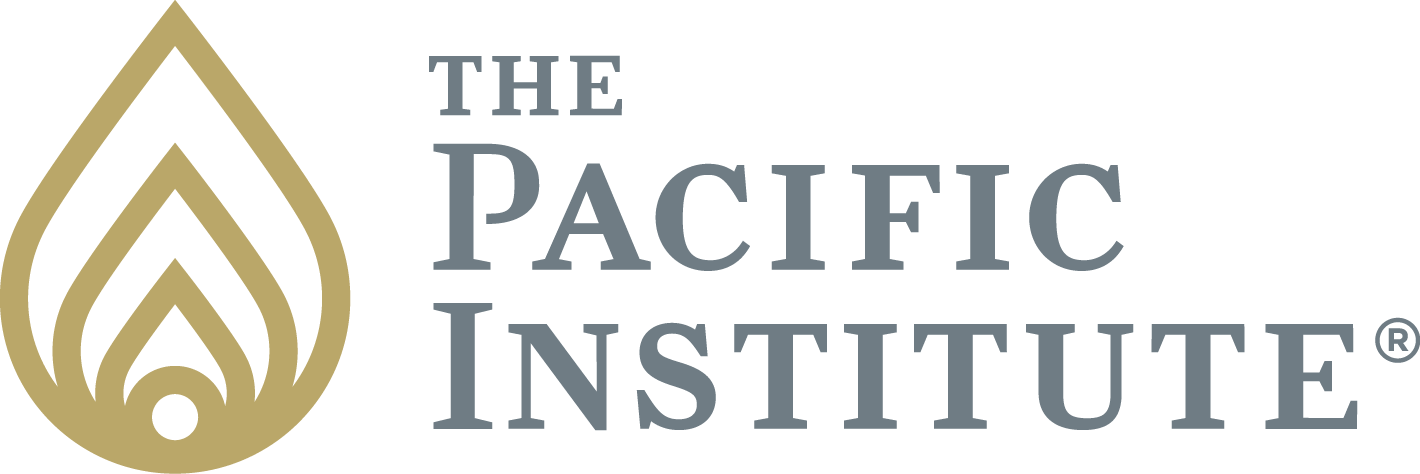Identifying Your Leadership Development Coaching Needs & Expectations
Written by The Pacific Institute
| July 11, 2025

So, you’ve done it: You’ve taken a long hard look at your leadership team and decided it’s time to invest in some leadership development coaching.
Congratulations – you’ve taken the first step toward a happier, more productive workforce.
Now, it’s time to face some tough questions about what type of coaching you want, what the logistics will be, and – perhaps most importantly – who you’ll be working with.
Fortunately, answering these questions becomes easier after tackling some simpler questions about what your ideal coaching experience looks like. When you know that, you know how to find the coaching provider that will best provide that experience.
Use this step-by-step guide to help yourself zero in on exactly what you need so you can begin searching for a coach, or team of leadership coaches, with confidence.
Download the eBook — Lessons from Leadership Coaching: What you Don’t Know Can Hurt You
Step 1: Get Clear on Your Goals
Arguably the most important step is to make sure you (and everyone else involved in this decision) are crystal clear about what you want leadership development coaching to accomplish.
To do this, identify the greatest leadership challenge or challenges you’re dealing with – the ones that inspired you to commit to leadership coaching in the first place. Does your organization need to improve in a particular area, like team performance or employee retention? Is a major change on the horizon that will be taxing for leaders? Or are you perhaps tackling something more abstract, like the realization that you need to prepare your leaders of the future?
The reasons you chose to get coaching are directly tied to the goals you should have for it. If you need to retain more employees, then your desired result is probably a leadership team that makes employees feel valued, respected, and engaged. If you want to guide your organization through a merger, you likely want to instill leaders with skills relevant to leading through change.
While you’re examining your needs and goals, it’s also helpful to ask yourself if there’s anything leadership coaching can accomplish for your organization that you didn’t already think of. Maybe you were inspired to hire leadership coaches because you need to improve employee productivity, but while you’re at it, it can’t hurt to also think about preparing today’s directors to be tomorrow’s executives.
Step 2: Define the Metrics That’ll Measure Success
If setting goals is about deciding what you want the outcomes of coaching to be, setting metrics is about putting a number on those outcomes.
A general goal may be to make employees more engaged at work. The metrics that decide whether you achieve that goal might be higher employee retention and more positive responses to employee engagement surveys.
Another goal organizations often have is a more productive relationship between employees and their departmental leaders. Metrics related to these goals could include stronger 360 reviews for department heads and higher productivity in those departments.
It may seem early in the process to start thinking about the end result, but the clearer you are about where you want to go, the easier it’ll be to get there.
Step 3: Decide Who Should Be Involved
In the first two steps, you sketched out the big picture of what you want from leadership development coaching. Now, it’s time to think about the practical logistics of how that big picture will be accomplished.
For instance, you’ll need to decide who will receive coaching. It would be great if leadership coaches could work with every single leader in your organization, but that’s rarely feasible.
So, will you prioritize training executives so they can better guide the company through a culture shift? Managers who need to get employee performance numbers up? Leaders in one department that’s really struggling?
Knowing who will receive coaching helps you narrow down what you want as well as who’s on your list of potential providers, as many coaches specialize in specific levels of leadership.
Step 4: Determine Your Budget
Great leadership development coaching is priceless, but that doesn’t change the fact that your organization only has so much money to spend on it. In fact, budget is the most common challenge organizations deal with when offering leadership development coaching. So, it’s important to nail down your coaching budget from the beginning.
Leadership coaches typically have tiered pricing models that account for the length of the coaching engagement, the number of participants, and how intensive their coaching method is. An online course may be more budget friendly, while in-person one-on-one sessions might cost more than average.
As with anything, you get what you pay for, and coaching isn’t something to skimp on. But you’ll still need to be realistic about what you can spend, and an ROI calculator can help determine whether your anticipated investment is worth it. The right coaches will give you the highest value for your money.
Step 5: Establish a Timeline
It’s important to be realistic about how much time your organization can devote to a leadership development coaching course. Sometimes, an external deadline determines this – if you’re preparing leaders for a merger, the training should obviously be complete before the merger happens. Review cycles or organization-wide performance reporting might also impact your timeline.
In other cases, there may be no external deadline. Instead, you’ll have to strike a balance between conquering your greatest leadership challenge or challenges and not taking up too much of your leaders’ time.
Step 6: Create a List of Questions to Ask Potential Coaches
By now, you should have a clear picture of exactly what you want from leadership development coaching. You know the broad goals you want to achieve, and you know the details of exactly how you want it to work.
You’re ready to start researching potential leadership coaches and scheduling consultations with them. When you meet with them, you can ask them questions inspired by all the considerations listed above.
A potential list of vetting questions might look like this:
- What type of business needs does your coaching address?
- Do you have experience coaching leaders who manage mergers and acquisitions?
- What outcomes do your clients typically have? Can you share success stories with specific metrics, like employee retention or satisfaction?
- What level of leadership do you specialize in coaching?
- What’s your pricing structure?
- What timelines do your courses work on?
Finding a Coach Who Meets Your Needs
Picking your leadership development coach isn’t a task to rush through – who you work with can have major consequences for your organization for a long time to come. The steps above can help you get more clarity on what you need so you can filter out the coaches who can’t solve your greatest leadership challenges.
From there, you can ask the remaining contenders detailed questions about their approaches. You’ll want to prioritize coaches with a history of success and the ability to create change at the level of leaders’ mindsets, rather than behavior-focused change that doesn’t stick.
Ready to explore all the coaching options available to you? Book a consultation with The Pacific Institute to get started.





